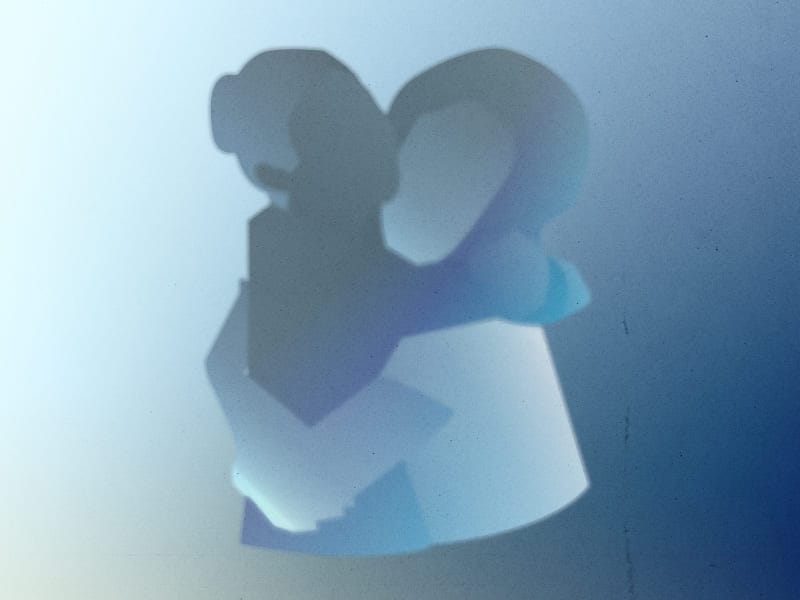How to Express Gratitude
Expressing gratitude through words, acts of service, physical touch and tokens of appreciation are rewarding ways to strengthen your relationships.

Express gratitude to strengthen your relationships.
Reflect on a time when you expressed to a friend or family member how grateful you were for their presence, help or support. These expressions of gratitude likely made you both feel warmly toward one another, ultimately enriching your relationship.
According to Harvard Health Publishing from Harvard Medical School, “[expressing] gratitude helps people feel more positive emotions, relish good experiences… and build strong relationships.” There are many ways you can express gratitude toward those in your life to continue strengthening your bonds — let’s break down how you can do so.
What to do
One of the simplest ways to express gratitude is by saying how much a person or their actions mean to you. Express thanks for their listening ear, support of your endeavors, presence during a tough time — if it made you feel grateful for them, let them know.
If showing appreciation comes more naturally to you than verbally expressing it, consider performing an act of service to convey your gratitude. This could include cooking a meal, helping with a project, cleaning a room, entertaining the kids, and any other act that shows you’re thinking of that person or you want to take a responsibility off their hands so they don’t need to worry about it.
Other ideas
You can also return a favor that was done for you. If your spouse does the dishes today, return the favor tomorrow. If a coworker leaves you a glowing recommendation on LinkedIn, do the same for them. If a friend buys you dinner, return the favor the next time you get together.
Giving an unexpected gift is an additional strategy for making those in your life feel valued. A gift doesn’t need to be grand — perhaps it’s their favorite snack or a small memento that made you think of them. Showing that you went out of your way to pick up a token for them can speak volumes.
Depending on your relationship, you can even express gratitude through physical touch, such as a tight hug, a pat on the back or the squeeze of a hand. It’s important to note that you should only use physical touch with those you’re closest to, with permission and when appropriate.
What not to do
Don’t make your expression of gratitude feel like the person on the receiving end is required to do something for you in return. For example, when giving a gift, present it as a sincere token of appreciation with no strings attached. The receiver shouldn’t be made to feel that they need to give you a gift in return — this would defeat the purpose of expressing gratitude. Your interaction should feel genuine, not transactional.
Similarly, if you do an unexpected favor for a friend, do so without expectation that they need to return the favor. While they very well may return the favor as a way of expressing their gratitude, you should not expect anything from them in return.
What to say
Go beyond simply feeling thankful for the help, support and presence of others in your life by telling them precisely how grateful you are for them. It doesn’t need to be overly emotional, although there’s nothing wrong with expressing a heartfelt, “Thank you.” Use statements like, “I really appreciated when you…,” “It was really kind of you to…,” and “Thank you for being there when….”
Even for something as simple as a friend holding a door for you, meeting their kindness with warm appreciation goes a long way in strengthening a relationship
Summary
You can express gratitude for those in your life in a multitude of ways:
— Verbally relay your appreciation.
— Perform a thoughtful act of service.
— Genuinely return a favor.
— Give an unexpected gift.
Showing appreciation for those in your life will not only feel rewarding for you and the recipients, it will also strengthen your relationships significantly.